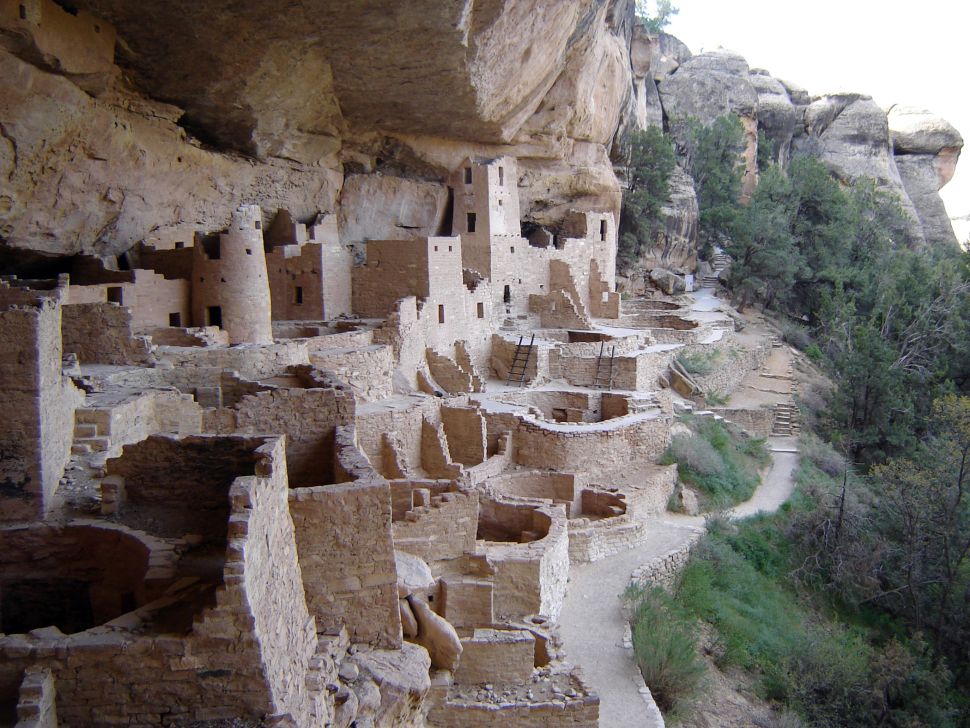10.9 Solar Thermal Energy
Jeff Simpson and Carolina Londono Michel
Learning Objectives – By the end of this chapter, you should be able to do the following.
- Explain how a solar thermal plant produces heat and/or electricity.
- List advantages and disadvantages of solar thermal energy.
All solar energy is the result of nuclear reactions that occur in the core of the sun 150,000,000 kilometers away. Humans have used solar energy for thousands of years to dry meat and grains.

Video 10.9.1 – Solar Thermal 101 (2:48)

You may have experimented with passive solar thermal energy in elementary school by making a hotdog cooker or solar oven. Though much larger, the utility-scale versions of these are similar. In modern commercial concentrated solar power plants, the heat is stored so that the power plants can continue to generate electricity for many hours after the sun goes down. LINK
Advantages of Solar Thermal
1. It is carbon- and particulate-free.
2. In contrast to PV, solar thermal can continue making electricity for many hours after the sun goes down.
3. Solar thermal requires no fuel.
4. Maintenance is lower than with fossil fuel plants.
Disadvantages of Solar Thermal
1. It is limited to open desert areas.
2. Large areas of land are required.
3. Bird deaths do occur.
4. It is not cost-competitive with PV.
5. It requires water, lacking in most deserts.
6. It has a high up-front capital cost but low operating cost.

